 An Ontario group recently looked at market factors shaping the domestic plastics recycling industry in 2017, and it offered predictions about where things are headed.
An Ontario group recently looked at market factors shaping the domestic plastics recycling industry in 2017, and it offered predictions about where things are headed.

 An Ontario group recently looked at market factors shaping the domestic plastics recycling industry in 2017, and it offered predictions about where things are headed.
An Ontario group recently looked at market factors shaping the domestic plastics recycling industry in 2017, and it offered predictions about where things are headed.
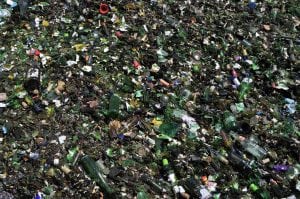 Ontario’s Niagara Region sells its recycled glass for use as sandblast media, but what happens if that market slows? An initiative aims to develop a new market for the post-consumer material.
Ontario’s Niagara Region sells its recycled glass for use as sandblast media, but what happens if that market slows? An initiative aims to develop a new market for the post-consumer material.
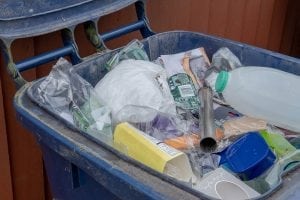 MRFF has found a MRF.
MRFF has found a MRF.
The Materials Recovery for the Future (MRFF) project will partner with a Pennsylvania sorting facility to generate bales of flexible plastic packaging (FPP). Continue Reading
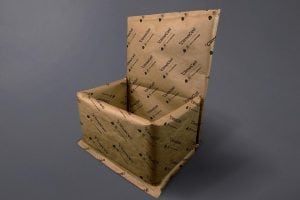 The Closed Loop Fund will provide financing to boost production of fiber-based insulated food packaging, with an eye toward reducing the amount of foam polystyrene entering MRFs.
The Closed Loop Fund will provide financing to boost production of fiber-based insulated food packaging, with an eye toward reducing the amount of foam polystyrene entering MRFs.
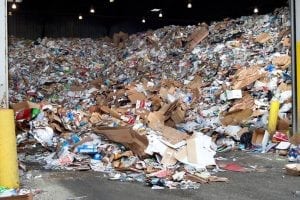 Chinese officials have responded to concerns from other nations about recent import restrictions. The Chinese comments directly address the “waste versus scrap” debate as well as global economic repercussions of National Sword.
Chinese officials have responded to concerns from other nations about recent import restrictions. The Chinese comments directly address the “waste versus scrap” debate as well as global economic repercussions of National Sword.
 Canadians recycled slightly more plastic in 2016 than they did the previous year. That’s according to a report released shortly before a Canadian plastics group unveiled its recyclability and recycling goals.
Canadians recycled slightly more plastic in 2016 than they did the previous year. That’s according to a report released shortly before a Canadian plastics group unveiled its recyclability and recycling goals.
 A $1 million grant from the Coca-Cola Foundation will kickstart a program to buy lidded recycling carts for coastal U.S. communities.
A $1 million grant from the Coca-Cola Foundation will kickstart a program to buy lidded recycling carts for coastal U.S. communities.
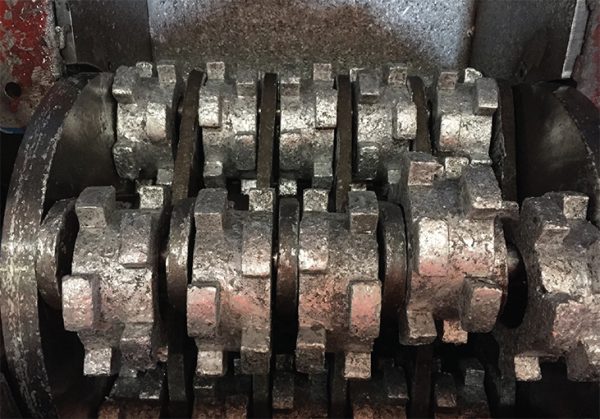 China supplies components for a lot of equipment used in the U.S. recycling industry, meaning tariffs on Chinese imports would be felt across many recycling sectors, according to an industry association.
China supplies components for a lot of equipment used in the U.S. recycling industry, meaning tariffs on Chinese imports would be felt across many recycling sectors, according to an industry association.
 A major U.S. industry group has announced ambitious long-term goals related to the recycling of plastic packaging.
A major U.S. industry group has announced ambitious long-term goals related to the recycling of plastic packaging.
